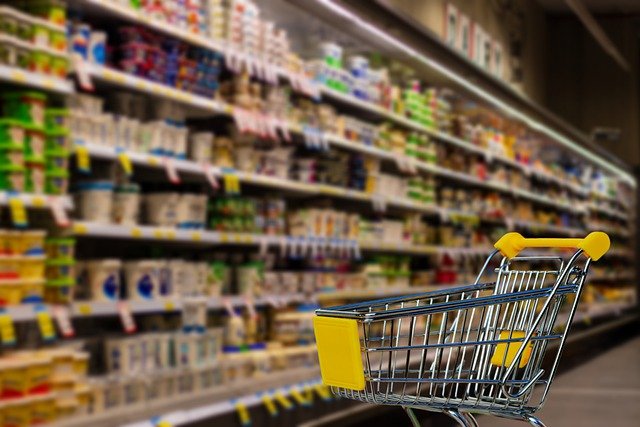4 min read
757 words
As a resident of Canada, a country known for its vast landscapes and commitment to environmental stewardship, I feel a responsibility to contribute to a sustainable future. One of the most impactful ways we can do this is by reducing our household’s carbon footprint. It can seem daunting at first, but trust me, making small, manageable changes in our daily routines can make a significant difference. Here are some simple ways I’ve found to reduce my household’s environmental impact, and that you can easily implement too.
Understanding Your Carbon Footprint
Before diving into solutions, it’s important to understand what a carbon footprint actually is. It essentially represents the total amount of greenhouse gases generated by our actions, from the energy we use to power our homes to the food we consume. Recognizing the sources of these emissions is the first step towards reducing them.
Energy Efficiency at Home: A Beginner’s Guide
Energy consumption in our homes is a major contributor to our carbon footprint. Here are some practical steps to reduce your energy usage:
Switching to Energy-Efficient Lighting
This is one of the simplest and most cost-effective changes you can make. Replacing traditional incandescent light bulbs with LED bulbs can significantly reduce your energy consumption. LEDs use up to 75% less energy and last much longer, saving you money in the long run. In Canada, many provinces offer rebates and incentives for switching to energy-efficient lighting, making it even more appealing.
Smart Thermostat Installation

A smart thermostat allows you to control your home’s temperature remotely and automatically adjust it based on your schedule. This helps avoid wasting energy heating or cooling an empty home. Many models also learn your preferences over time and optimize energy usage accordingly. This is a great way to save money and reduce your carbon footprint, especially during the harsh Canadian winters.
Reducing Phantom Loads
“Phantom loads,” also known as vampire power, refer to the energy consumed by electronic devices when they are turned off but still plugged in. Unplug chargers, appliances, and electronics when not in use, or use power strips with on/off switches. This may seem like a small change, but it can add up to significant energy savings over time.
Greener Transportation Choices
Transportation is another significant source of carbon emissions. Here’s how to make more environmentally friendly choices:
Embrace Public Transportation, Cycling, and Walking
Canada has invested significantly in public transportation infrastructure in many of its major cities. Opting for buses, subways, or trains instead of driving alone can drastically reduce your carbon footprint. When possible, cycling or walking for shorter distances is not only good for the environment but also beneficial for your health.
Considering Electric or Hybrid Vehicles
If you need a car, consider purchasing an electric or hybrid vehicle. The upfront cost may be higher, but the long-term savings on fuel and maintenance, combined with available government incentives like those offered through the Canadian federal government’s iZEV program, make it a worthwhile investment.
Carpooling and Combining Errands

Whenever possible, carpool with colleagues, friends, or family members. Combining errands into a single trip also reduces the number of miles driven, minimizing emissions.
Sustainable Consumption and Waste Reduction
The products we buy and the way we manage our waste have a big impact on the environment.
Reducing Food Waste

Food waste is a significant environmental problem. Plan your meals, shop with a list, and store food properly to prevent spoilage. Compost food scraps and yard waste to reduce the amount of organic material sent to landfills, where it decomposes and releases methane, a potent greenhouse gas.
Buying Local and Sustainable Products
Support local farmers and businesses by purchasing locally grown produce and locally made products. This reduces the environmental impact of transportation. Look for products with eco-labels and certifications that indicate they meet certain environmental standards.
Reducing, Reusing, and Recycling
Embrace the principles of reduce, reuse, and recycle. Reduce your consumption by buying less stuff. Reuse items whenever possible, and recycle materials like paper, plastic, and glass. Become familiar with your local recycling guidelines and ensure you are properly sorting your waste.
Conclusion: A Collective Effort
Reducing our carbon footprint is a continuous journey, not a destination. By implementing these simple changes, you can significantly reduce your household’s environmental impact and contribute to a more sustainable future for Canada. Remember, every small effort counts, and together, we can make a big difference. I encourage you to take action today and start making those small, yet impactful, changes. The future of our planet depends on it.
